This is an introduction to a series of articles posted on the subject of performance racing, cruising and cruiser racer sailboat design. The aim is to be informative, in some cases to reinforce knowledge and in others to dispel some commonly held beliefs. We’ll draw on over thirty years in the business of yacht design and naval architecture.More than two decades of which really have been at the leading edge of the rule which has provided the widest and cleanest blank sheet to designers and engineers of blue water performance sailboats – the
IMOCA Open 60
rule. During this time OCD have also been the most prolific designers of
Class 40's
outside of France with eighteen boats on the water (as of 2019) and we are now extending our portfolio into the
IRC
and ORC rating classes.
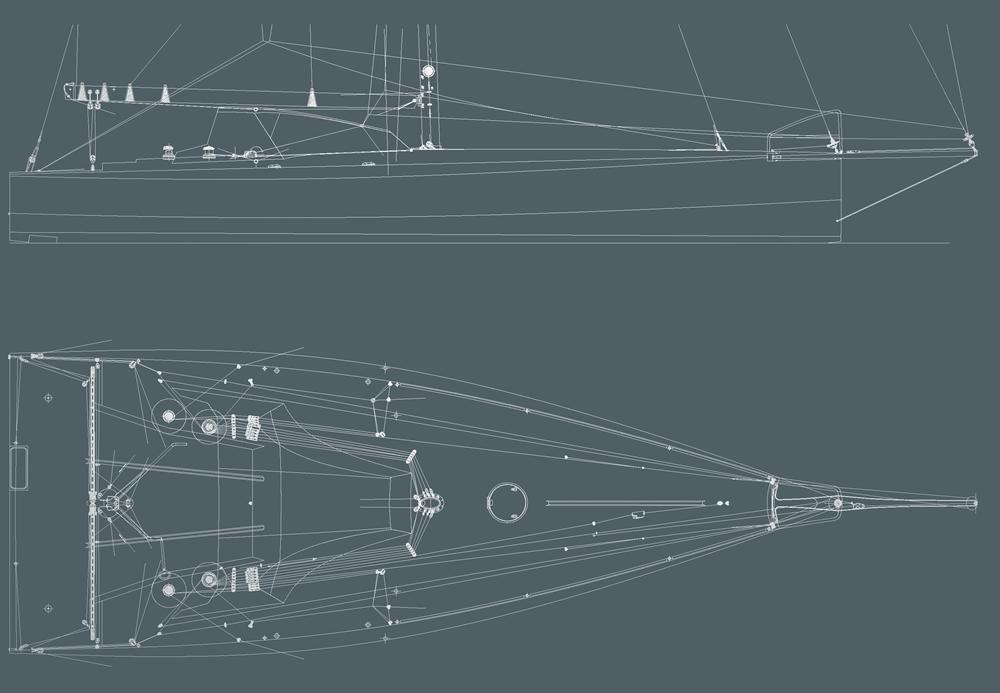
During this time under the umbrella of ‘Owen Clarke Design’ this team has designed and had more Open 60’s built than any other design office, bar none. Our approach has always been technology lead and more often than not been based on the model of an extended independent design team, which has included some of the leading designers and engineers in the world of sailing. So, when you see terms such as OCD, or ‘we’, it goes without saying that as a company we owe a huge debt to everyone who’s worked in particular on the designs of our Open 60’s going back many years. You’ve all contributed to the knowledge base and the standing that as a design group we have now. You know who you are.
During the development of Ellen MacArthur’s Kingfisher back in 1999, this team was the first to use CFD in the hull and appendage design of an Open 60. In parallel to computer modelling performance we’ve also built and undertaken more model testing of Open 60’s in the wind tunnel and the tank than all the other open class designers combined. All part of a systematic approach to the optimisation of Open 60 hull, ballast, appendage and rig design, through eight projects and nearly twenty models over the last twelve years. So, we have a view and a lot of data to back up our perspective. However, it’s not the only view. Obviously we’re not the only clever designers on the planet by a long chalk, so we’ll aim to be objective in our writing. Sometimes you’ll need to read between the lines, choose what you agree with and set aside what you don’t. Remember however (because we’re not going to remind you in every article), that :
In the offshore world there’s more than one reason for doing something other than plain straight line speed.
No matter the subject, experienced sailors and project teams have input because what looks fast in the tank/computer has to be tested in reality, on the water.
What works in one boat/class is very often not transferable to another.
No one, no sailor and no designer has a monopoly on good ideas.
Even, or especially in the performance sailboat world there is such as thing as this year’s latest fashion ‘in hats’. Don’t ignore what others do, but don’t make a design choice without a sound basis for taking the decision, don’t be lead, be a leader.
The laws of physics don’t change but our understanding does as advances in technology open doors that couldn’t be opened before and experience lifts blinds that previously have remained shut for whatever reason. If this wasn’t the case then we’d have designed Acciona in 1999! Keep an open mind, there’s always more that one can achieve.
·Most of these articles are meant to be read by the general sailing public. I’ll refrain where I can from techno-speak. Don’t bite my head off if you’re an industry professional and think I’m being too simplistic or not specific enough. In many cases we’re trying to get over concepts, not labour specific points or get too wrapped up in detail. Also, if you don’t agree, then that's OK, I draw your attention to the points above.
We'll also take the opportunity to post past papers from RINA, Innov Sail and other conferences - the academics and technicians among you should enjoy these. With the permision of magazines we'll also be re-publishing articles (some of them downloadable as PDFs), some of them going back as far as 1999, eg 'Breeding the Kingfisher'.
Finally, any questions that you may want answered or points you want expanding on then fire away, comments etc. We don’t always promise to answer and we certainly don’t promise to answer quickly given that we’re fitting this in among project work. However, we would like to be interactive and you may find that we’ll answer a block of questions at a later date or include them in a separate or re-cap article. Technology and our understanding does change in time. It’ll be interesting to look back on these pieces in fourteen years to see if and/or how relevant they are to performance yachts, especially the cruising designs of tomorrow.
The first article is fundamental to understanding Open 60’s performance and also in some ways addresses a common misunderstanding (for different reasons) across a number of other classes that the lightest boat in the fleet is always the fastest.
To read an article, click on the title or the graphic:
Tuning appendages of an IMOCA 60 yacht
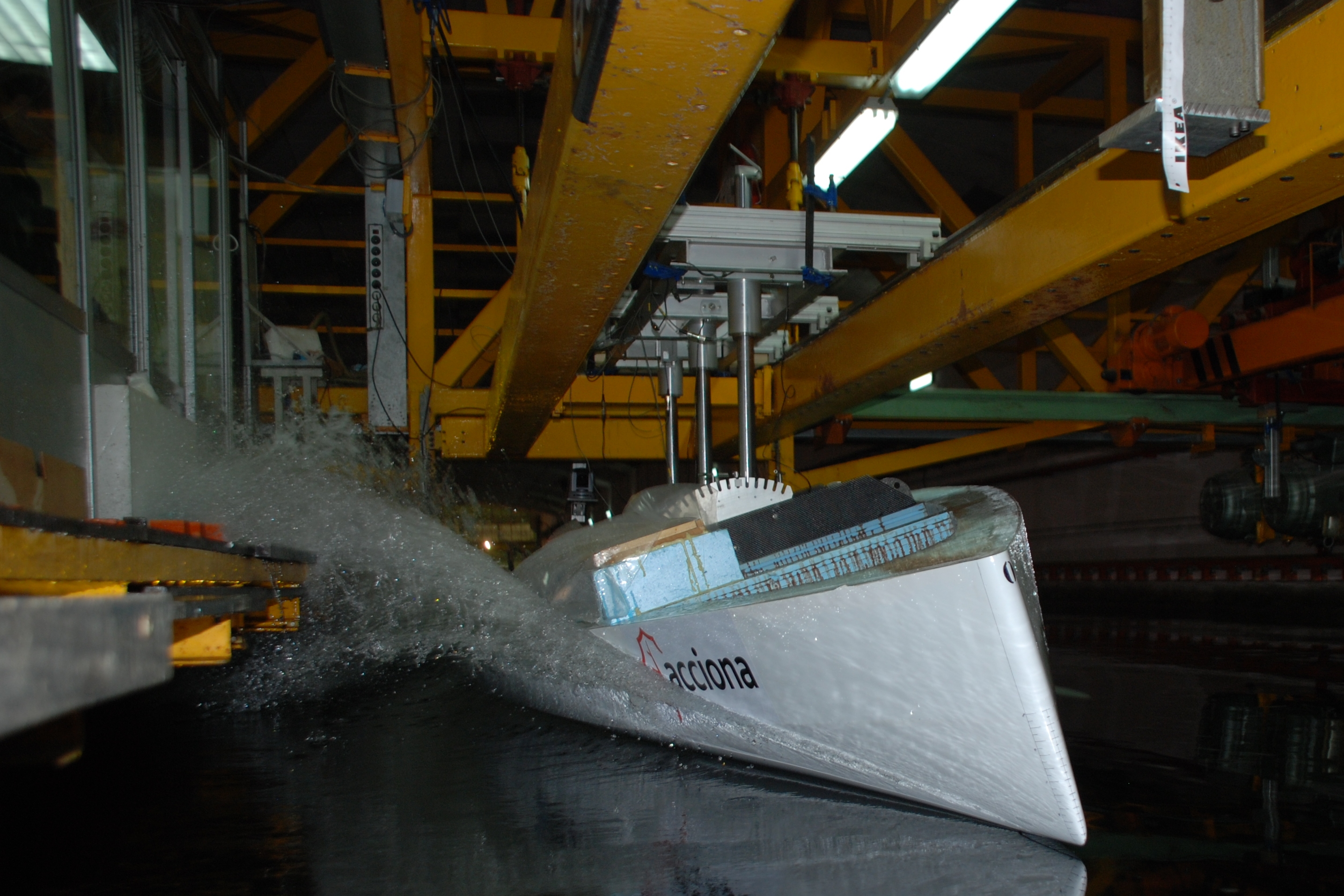
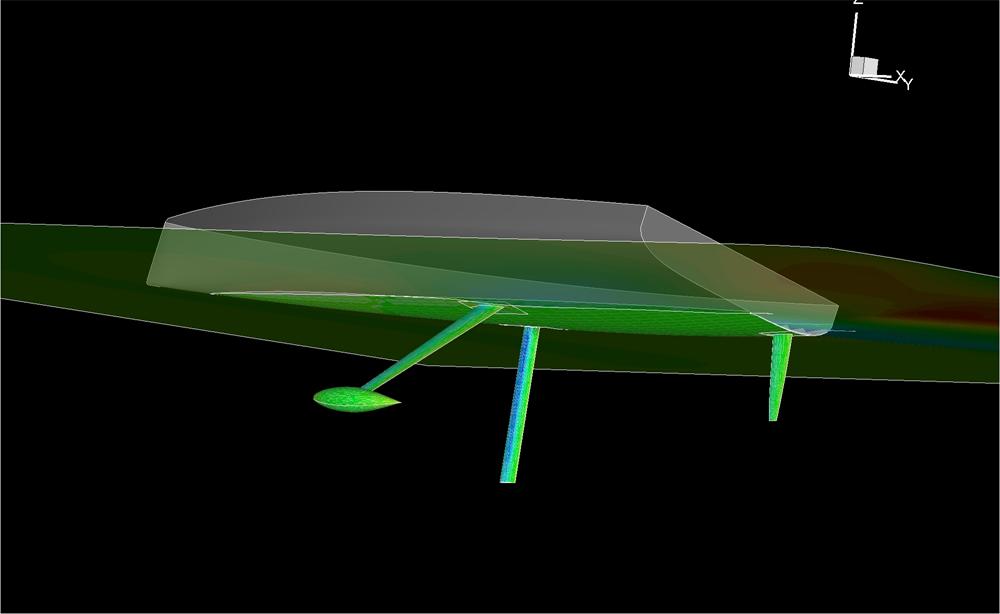
Daggerboard evaluation for an IMOCA 60 yacht
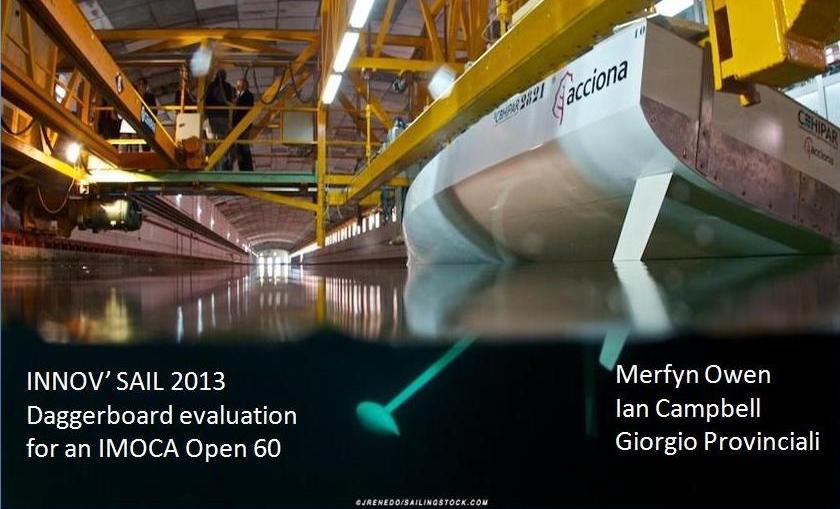
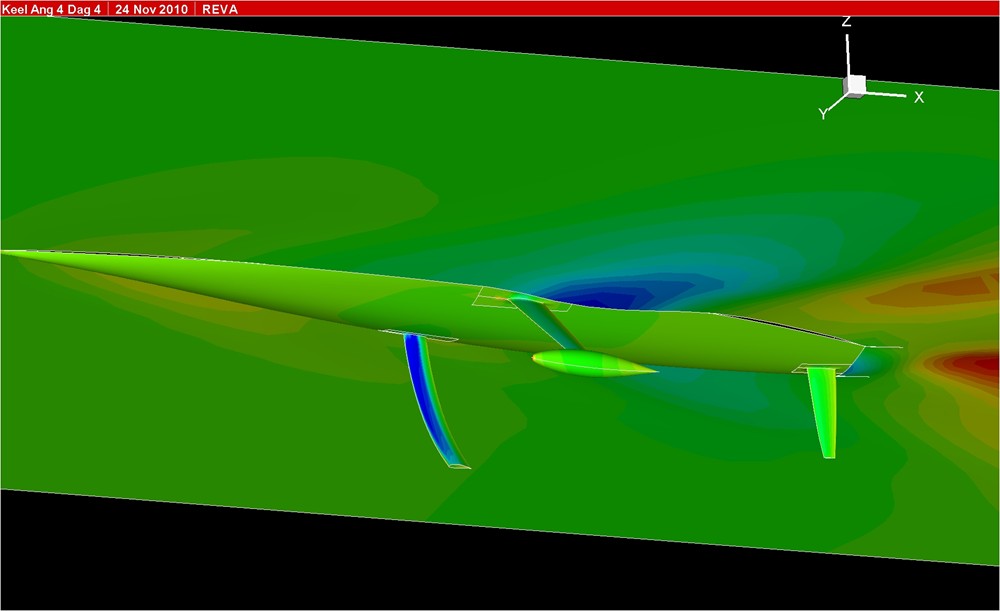
The relationship between displacement, power and performance in Open 60 design

An explanation of common Naval Architecture terms
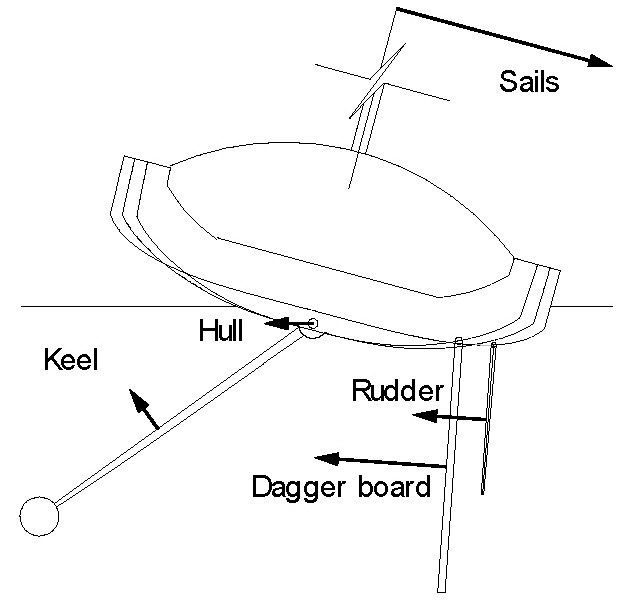
Marine weather analysis and routing in support of racing yacht design
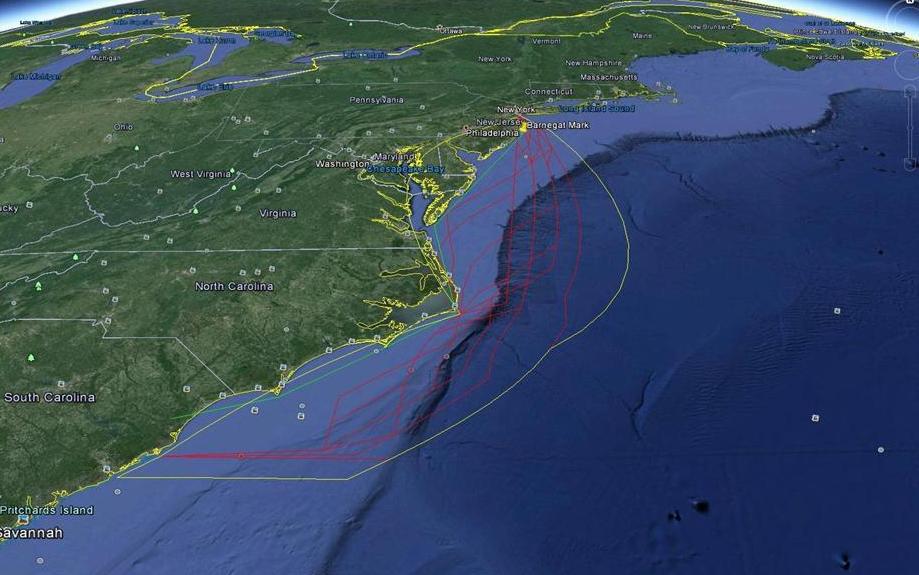
Rocker - The secret of high performance with control
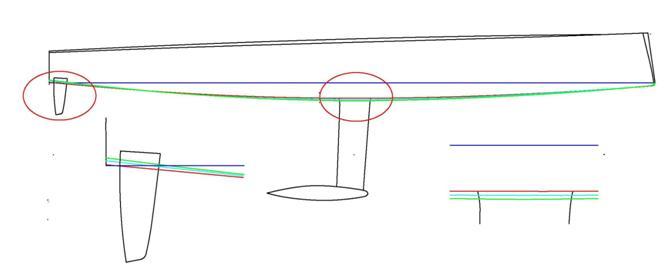
Sailing yacht performance data logging and analysis
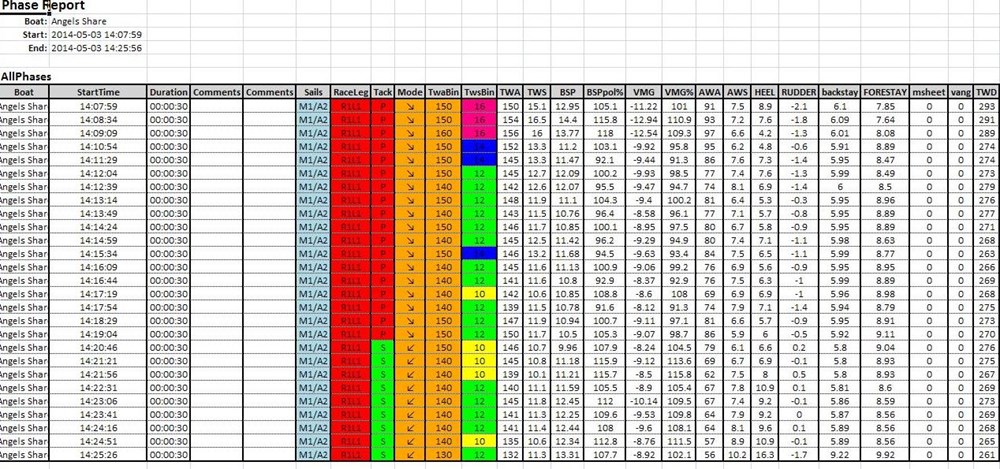
To receive postings of future articles find and LIKE us at:

